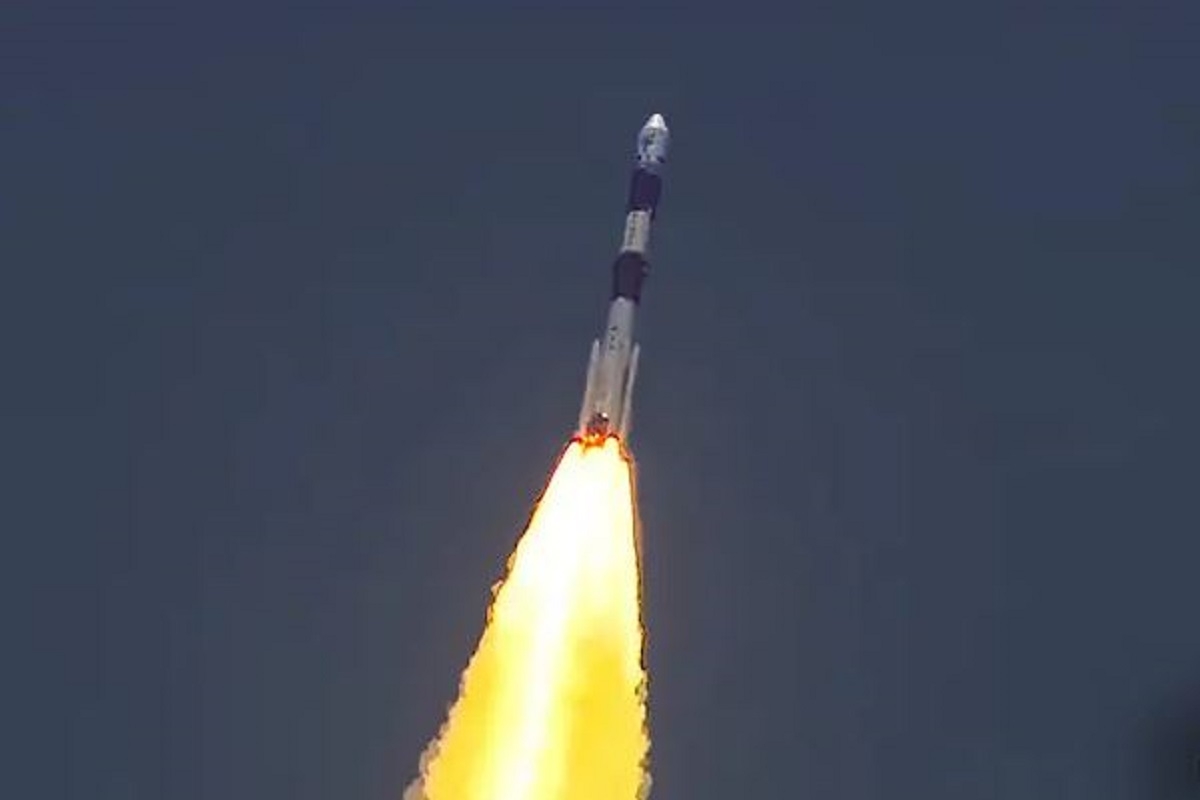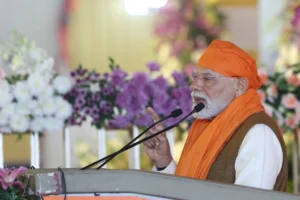
Aditya L-1Mission
Days after its historic moon landing near the south pole, India soars even higher with the launch of the Aditya-L1 mission. This groundbreaking solar space observatory, carried into space by the Polar Satellite Launch Vehicle (PSLV) XL from Sriharikota’s Satish Dhawan Space Centre, promises to unlock the secrets of our sun.
Aditya-L1’s destination is the halo orbit around Lagrange point 1 (L1) in the sun-earth system, a distant 1.5 million km from Earth. A journey that spans 125 days through space.
Named after mathematician Joseph-Louis Lagrange, Lagrangian points are celestial spots where gravitational forces create a perfect balance, allowing spacecraft to hover with minimal fuel consumption.
Among these points, L1 is the crown jewel for solar observations. The mission’s objectives encompass understanding coronal heating, solar wind acceleration, Coronal Mass Ejections (CMEs), flares, near-earth space weather, and the dynamics of the solar atmosphere. It also aims to delve into solar wind distribution and temperature anisotropy.
Solar wind, a continuous stream of protons and electrons from the sun’s corona, plays a pivotal role in space weather, while CMEs are dramatic ejections of plasma and magnetic fields from our star.
Aditya-L1 carries seven diverse payloads for an in-depth solar study, including four to observe sunlight and three for measuring plasma and magnetic fields. The primary payload, the Visible Emission Line Coronagraph, will transmit 1,440 images daily to ground stations for analysis once it reaches the L1 orbit.
India’s space endeavors continue to reach new heights, promising a brighter future in the exploration of our solar system.
To read more such news, download Bharat Express news apps


















